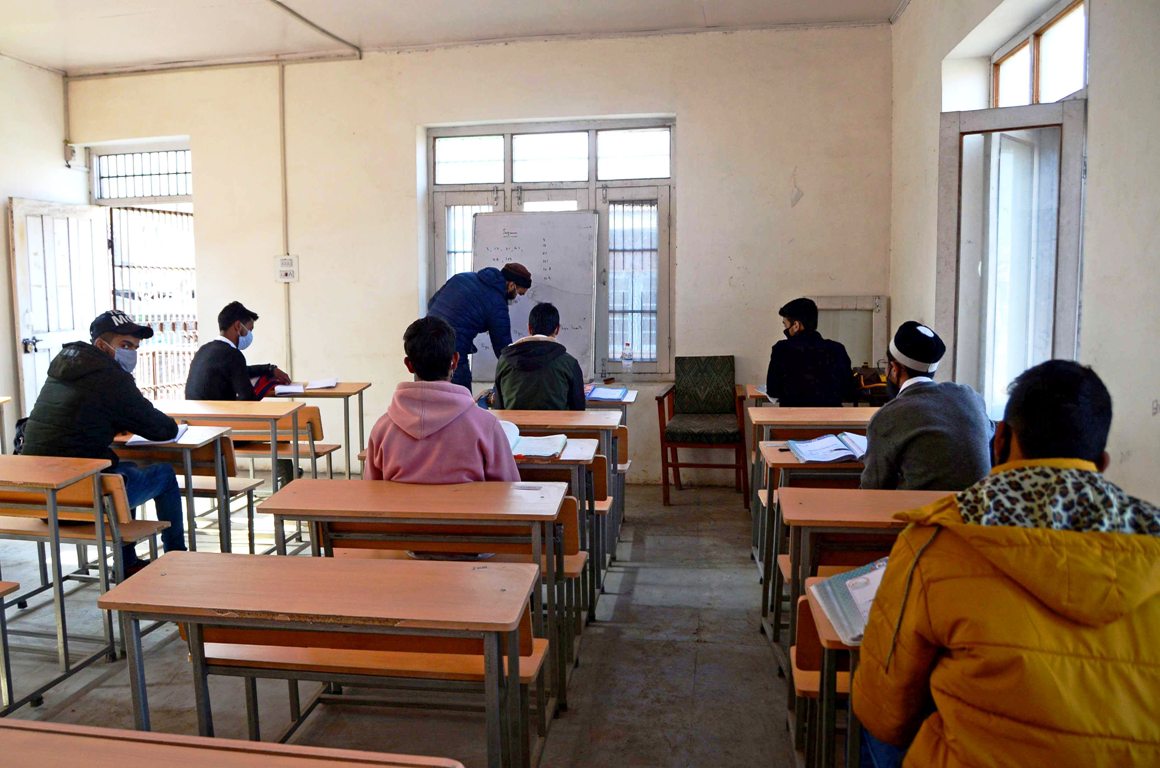SRINAGAR: The Indian Council of Medical Research (ICMR) on Thursday published the results of part two of the first national population-based serosurvey to check the transmission of Covid-19 in the country. The findings of the survey, conducted between May 11 and June 4 in 21 states, indicated that 0.73 percent of adults in India were exposed to Covid-19 infection, amounting to 6.4 million infections in total by early May.
“The findings of the serosurvey indicated a low prevalence of SARS-CoV-2 infection in the general population in India in early May 2020. As most of the population remains susceptible to infection, our public health strategy needs to plan for an inevitable increase in transmission,” the serosurvey revealed.
A total of 30,283 households were visited and 28,000 individuals were enrolled in the survey, who were tested for IgG antibodies. The seroprevalence ranged between 0.62 percent and 1.03 percent across the four strata of districts.
Population-based estimates of seroprevalence provide information about the state of the epidemic in the country. “The findings of our survey indicated that the overall seroprevalence in India was low, with less than 1 percent of the adult population exposed to SARS-CoV-2 by mid-May 2020,” ICMR stated.
The low prevalence observed in most districts indicates that India is in the early phase of the epidemic and the majority of the Indian population is still susceptible to SARS-CoV-2 infection, it added. “It is, therefore, necessary to continue to implement the context-specific containment measures including testing of all symptomaties, isolating positive cases and tracing high-risk contacts to slow transmission and to prevent the overburdening of the health system,” ICMR said.
The survey also found out that for every RT-PCR confirmed case of Covid-19, there were 82-130 infections in India. The high infection to case ratio in India could be on account of the prioritisation of testing among symptomatics or the variability in testing rates across the states.
It further stated that the seropositivity was highest in the age-group of 18-45 years at 43.3 percent, followed by those between 46 and 60 years (39.5 percent) and the lowest seropositivity was detected in those aged above 60 years (17.2 percent).
The findings pointed out that the seropositivity was highest at 69.4 percent in the rural areas, while in the urban slums it was 15.9 percent and in urban non-slums, it was 14.6 percent.















